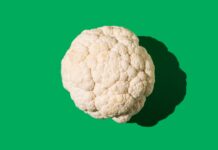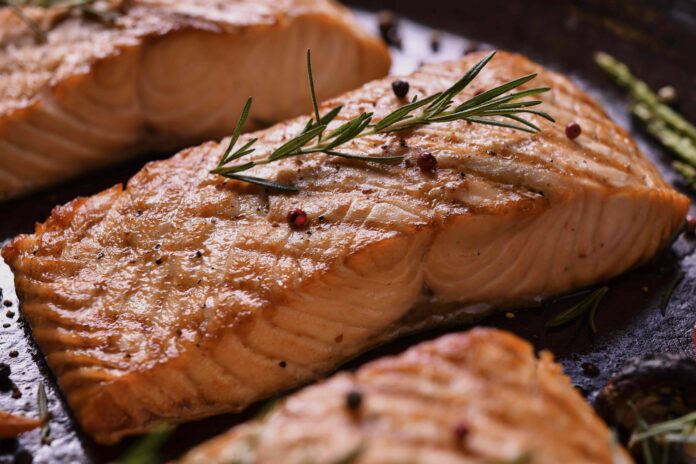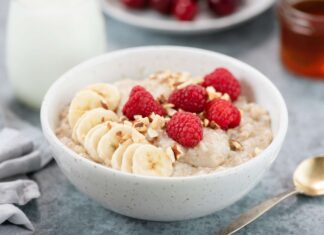While salmon is widely recognized as a powerhouse of vitamin D, it’s not the only food that delivers this essential nutrient in abundance. Vitamin D plays a crucial role in supporting nerve and muscle function, boosting immunity, and aiding calcium absorption. If you’re looking to supercharge your intake beyond the classic fish choice, consider these surprisingly high-vitamin D options:
Cod Liver Oil: A Tiny Serving, Massive Benefits
Don’t let its fishy reputation scare you off! Just one tablespoon of cod liver oil packs a whopping 1,350 IU of vitamin D—nearly three times the amount found in a serving of salmon. This nutrient-dense extract comes from Atlantic cod livers and is readily available at most grocery stores or pharmacies.
To make cod liver oil more palatable, try blending it into smoothies, yogurt, or even orange juice. For an extra vitamin D punch, opt for fortified versions of these beverages.
Mushrooms Bathed in UV Light: Nature’s Vitamin D Boost
Certain mushrooms get their impressive vitamin D content thanks to a touch of sunshine—or rather, ultraviolet (UV) light exposure during cultivation. Look for labels that specifically mention “high in vitamin D” or “exposed to UV light.” Popular varieties include crimini, portabella, shiitake, and white button mushrooms.
Just half a cup (about five white mushrooms or one large portabella) delivers 800 to 1,200 IU of vitamin D. For optimal absorption, consider cooking them with olive oil. Mushrooms’ versatility in the kitchen means you can easily incorporate them into stir-fries, salads, soups, or even roasted as a flavorful side dish.
Rainbow Trout: Outpacing Salmon in Vitamin D
While salmon holds its own as a vitamin D champion, freshwater rainbow trout takes the lead with a slightly higher concentration of this nutrient. A 3-ounce serving provides about 645 IU of vitamin D.
Nutrition experts recommend grilling, baking, or pan-searing trout with simple seasonings like lemon, herbs, or garlic to preserve its delicate flavor. It also shines in salads, grain bowls, and tacos for a nutritious and satisfying meal.
Beyond the Big Three: Other Vitamin D Sources
Several other foods can contribute to your daily vitamin D needs, though they may not reach the heights of salmon’s counterparts. These include canned sardines (162 IU per 3 ounces), canned light tuna (229 IU per 3 ounces), pickled herring (113 IU per 3.5 ounces), and fortified drinks like unsweetened soy milk, cow’s milk, low-fat plain kefir, and orange juice (all typically containing between 100 and 120 IU per serving).
The Takeaway:
Though salmon deserves its reputation as a vitamin D powerhouse, there are plenty of delicious alternatives that pack an even bigger punch. Incorporating these options into your diet can help ensure you’re getting enough of this essential nutrient for optimal health. Remember, sunlight exposure also plays a role in vitamin D production, but consider supplementation if you live in areas with limited sunshine or use sunscreen regularly. Consulting a doctor about your individual needs and blood test results is always a wise step.


































